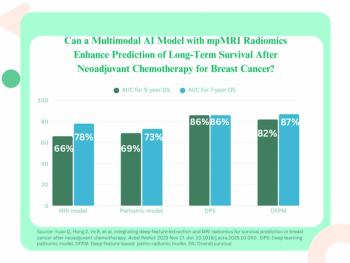
MRI Detects Early Signs of Autism in Infants
MR images show significant differences in the early brain development of high-risk infants who go on to develop autism.
MR images show significant differences in the early brain development of high-risk infants who go on to develop autism, according to a study published in the June issue of the
Researchers evaluated 92 children who were at high risk for developing autism, because they had older siblings with the disorder. At age six months, the children underwent diffusion tensor imaging. Additional imaging data was obtained from most of the children at 12 months and/or 24 months old. Behavioral assessments were also performed at 24 months. Twenty-eight of the 92 children met the criteria for autisms spectrum disorders at 24 months.
Upon examination of white matter tract development of the infants, 12 of the 15 tracts differed significantly in the children who went on to develop autism compared with those who did not. The differences between fractional anisotropy (FA), a measure of white matter organization based on movement of water through tissue, was greatest at six and 24 months.
“Infancy is a time when the brain is being organized and connections are developing rapidly,” said Dr. Alan Evans, of the Montreal Neurological Institute and Hospital, part of McGill University, which is the Data Coordinating Center for the study.
“Our international research team was able to detect differences in the wiring by six months of age in those children who went on to develop autism. The difference between high-risk infants that developed autism and those that did not was specifically in the white matter tract development – fiber pathways that connect brain regions.”
Although the children who developed autism had higher FA values early in the study, by 24 months, these children had lower FA values than the study subjects who did not develop autism.
Newsletter
Stay at the forefront of radiology with the Diagnostic Imaging newsletter, delivering the latest news, clinical insights, and imaging advancements for today’s radiologists.




























